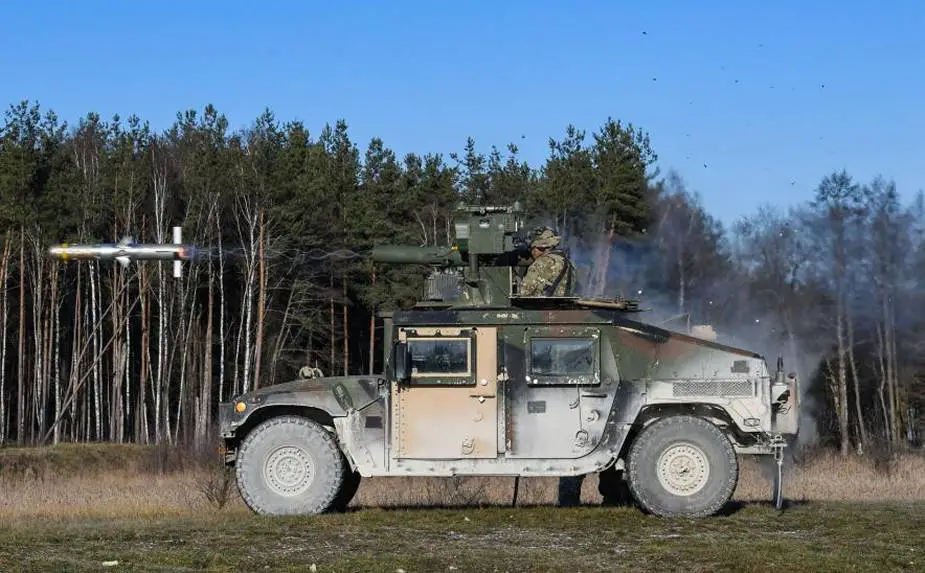Breaking news
Raytheon receives US Army contract to supply more TOW 2B antitank missiles.
Raytheon Land & Air Defense Systems, Tucson, Arizona, was awarded a $322,500,000 fixed-price-incentive contract to procure Tube-Launched, Optically-Tracked, Wireless-Guided 2B Missiles. Bids were solicited via the internet with one received. Work will be performed in Tucson, Arizona, with an estimated completion date of Sept. 30, 2026. Fiscal 2021 and 2023 missile procurement, Army funds in the amount of $322,500,000 were obligated at the time of the award. Army Contracting Command, Redstone Arsenal, Alabama, is the contracting activity.
Follow Army Recognition on Google News at this link

U.S. paratroopers of 1st Squadron, 91st Cavalry Regiment, 173rd Airborne Brigade, fire a TOW missile. Grafenwoehr training Area (Germany), Dec. 13, 2022 (Picture source: U.S. Army)
The BGM-71 TOW missiles, designated as Tube-launched, Optically-tracked and Wire-guided, are engineered to eliminate armored vehicles, fortifications, and bunkers from secure distances. Over the past three decades, Raytheon has manufactured in excess of 700,000 TOW missiles for over 40 international armed forces worldwide. These missiles have been integrated into over 15,000 ground vehicles and helicopters. Among its production variants is the TOW-2A (BGM-71E), which commenced production in 1987 and saw the delivery of over 118,000 missiles. The TOW-2B (BGM-71F) extended-range iteration, introduced in 1991 with a delivery of over 40,000 missiles, is designed to complement, not replace, the TOW-2A, TOW-2B Aero, and TOW-2A bunker buster (BGM-71H).
Employing wire guidance, the TOW is a weapon with an initial range exceeding 3,000 meters. Its Command Launch Unit (CLU) permits operations in various weather conditions, day or night. After firing, the gunner must maintain the sight on the target to ensure a precise impact.
The BGM-71E TOW-2B version, first deployed in 1992, demonstrates enhanced lethality against main battle tanks by targeting their top, where armor is less robust. The TOW-2B incorporates a dual-mode sensor and features two new warheads. These Explosively Formed Penetrator warheads detonate downward, directly impacting the roof of the tank. The TOW-2B missile's objective is not to replace the TOW-2A, but to complement it, providing users with versatile options for engaging diverse targets.
In early 2002, Raytheon revealed that modifications to the missile's propulsion system and airframe had extended the range of the TOW-2B beyond 4,000 meters. The TOW-2B Aero variant achieved a maximum range of 4,500 meters.
Furthermore, the TOW bunker buster constitutes a specialized derivative equipped with a novel warhead capable of penetrating more than 8 inches (20 cm) of reinforced concrete. Consequently, this bunker-buster missile is highly suitable for urban warfare scenarios.
Defense News August 2023






















